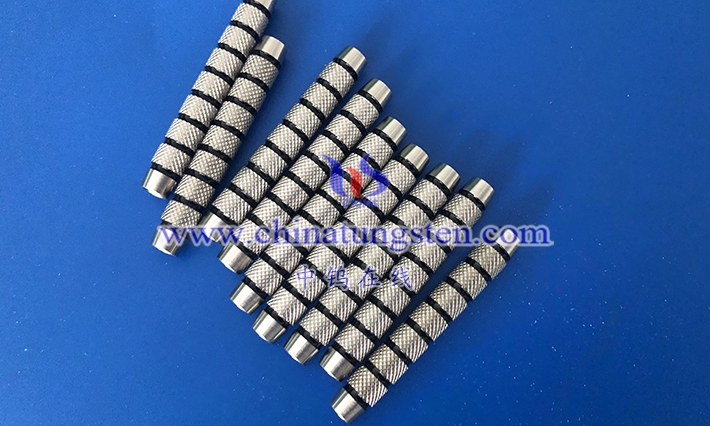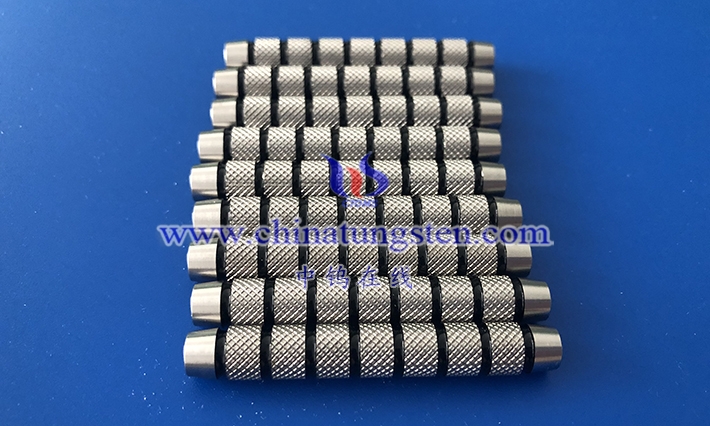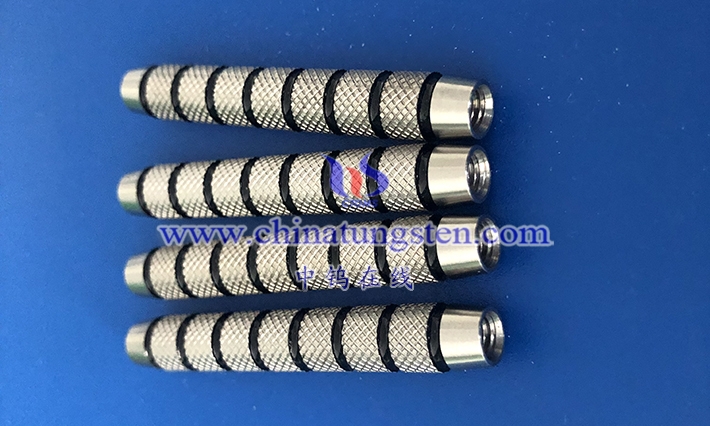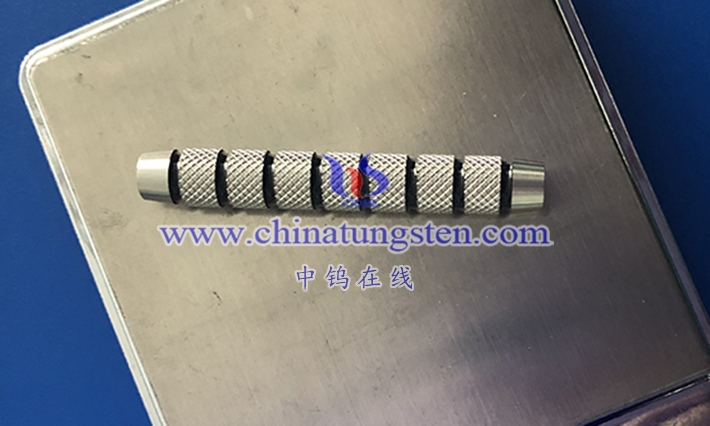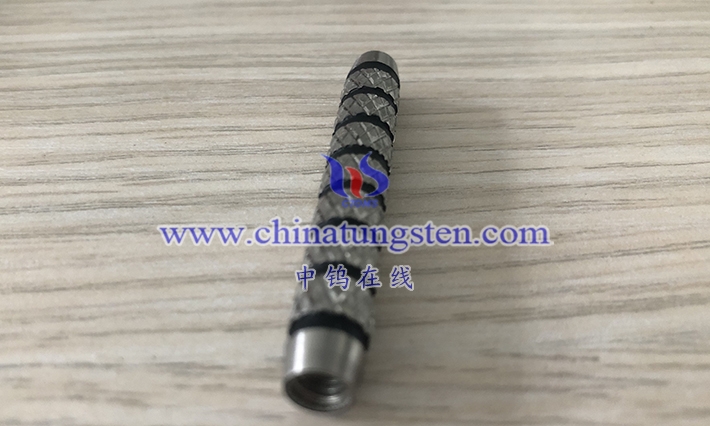The manufacturing process of tungsten alloys involves several steps, typically including powder metallurgy, casting, heat treatment, and mechanical processing. The specific process depends on the desired type, composition, and application of the tungsten alloy. Here is an overview of the common manufacturing steps for tungsten alloy materials:
- Powder Metallurgy Process
Powder metallurgy is one of the most common methods for producing tungsten alloys, especially for high-density and complex-shaped products.
(1) Raw Material Preparation:
- Tungsten Powder and Alloying Element Powders: High-purity tungsten powder is typically used, and alloy elements (such as nickel, iron, copper, etc.) are mixed with the tungsten powder in proportion to form tungsten alloy powder.
- Other Additives: Small amounts of chemicals may be added to improve the flowability and density of the alloy.
(2) Mixing and Stirring:
- The tungsten powder and alloy element powders are thoroughly mixed to ensure uniform composition. This process typically occurs in a ball mill with appropriate solvents and additives.
(3) Pressing/Forming:
- The mixed powder is placed into molds, where it is pressed (either cold or hot pressing) to form the desired shape. Common shapes include blocks, cylinders, and sheets.
(4) Sintering:
- The pressed tungsten alloy parts are placed into a high-temperature furnace for sintering. The sintering temperature typically ranges from 1500°C to 2500°C, depending on the alloy composition and desired density.
- During sintering, tungsten powder particles bond together at high temperatures to form a dense tungsten alloy material.
(5) Post-Processing:
- Heat Treatment: To improve the mechanical properties of the alloy, heat treatments (such as annealing or aging) may be conducted to adjust hardness and strength.
- Mechanical Processing: Additional processing steps such as turning, milling, and grinding are performed to ensure dimensional accuracy and surface quality.
- Casting Process
Tungsten alloy casting is typically used for producing large-sized or complex-shaped components.
(1) Mold Fabrication:
- Molds are made based on the size and shape of the tungsten alloy product. Common mold materials include plaster, sand, or metal.
(2) Melting:
- Tungsten powder and alloying elements (such as nickel, iron, copper, etc.) are heated to high temperatures, usually above 2500°C, until the tungsten melts. Due to tungsten’s high melting point, electric arc furnaces or induction furnaces are typically used for heating.
(3) Casting:
- The molten tungsten alloy is poured into pre-prepared molds, and after cooling and solidifying, a tungsten alloy casting is obtained.
(4) Mold Removal and Finishing:
- The casting is removed from the mold, and deburring, polishing, grinding, and other finishing processes are applied to ensure dimensional accuracy and surface quality.
- Heat Treatment Process
Tungsten alloys may undergo various heat treatment steps during production to improve their mechanical properties and wear resistance.
(1) Annealing:
- Annealing can maintain a certain level of ductility in tungsten alloys and improve machinability. It is usually performed at lower temperatures (such as 800°C to 1200°C) to relieve stress and adjust hardness.
(2) Aging Treatment:
- Aging treatment further enhances the strength of the alloy. Common aging treatment temperatures range from 300°C to 600°C, which increases the tensile strength and hardness of tungsten alloys.
- Mechanical Processing
Tungsten alloys are extremely hard, requiring specialized tools and techniques for machining.
(1) Cutting and Forming:
- Tungsten alloys are typically cut, turned, and milled using hard carbide tools. Due to the brittleness of tungsten, relatively low cutting speeds and cooling fluids are required.
(2) Grinding:
- The surface of the tungsten alloy is ground to improve surface quality and precision. Grinding is particularly used for small, high-precision parts.
- Electroplating and Surface Treatment
For specific applications, tungsten alloys may undergo further surface treatment to improve corrosion resistance or enhance aesthetic appearance.
(1) Electroplating:
- Tungsten alloy components may undergo electroplating (such as silver or copper plating) to improve surface corrosion resistance.
(2) Polishing:
- Tungsten alloy surfaces may be polished to enhance surface smoothness, especially in fields like medical and electronics where appearance is critical.
- Casting and Forging (for Specific Alloys)
In some specialized applications, tungsten alloys may also use a casting-forging method, such as with tungsten-copper alloys, where casting and forging are combined to produce high-strength alloys.
Summary
The manufacturing process of tungsten alloys primarily includes powder metallurgy, casting, heat treatment, and mechanical processing. The specific method chosen depends on the desired shape, size, performance requirements, and cost factors of the tungsten alloy. Due to its exceptional physical and chemical properties, tungsten alloy is widely used in fields such as medical, aerospace, and defense applications.
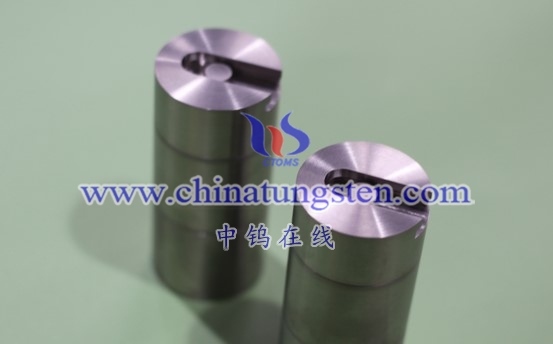
Customized R&D and Production of Tungsten, Molybdenum Products
Chinatungsten Online and CTIA GROUP LTD have been working in the tungsten industry for nearly 30 years, specializing in flexible customization of tungsten and molybdenum products worldwide, which are tungsten and molybdenum design, R&D, production, and overall solution integrators with high visibility and credibility worldwide.
Chinatungsten Online and CTIA GROUP LTD provide products mainly including: tungsten oxide products, such as tungstates such as APT/WO3; tungsten powder and tungsten carbide powder; tungsten metal products such as tungsten wire, tungsten ball, tungsten bar, tungsten electrode, etc.; high-density alloy products, such as dart rods, fishing sinkers, automotive tungsten crankshaft counterweights, mobile phones, clocks and watches, tungsten alloy shielding materials for radioactive medical equipment, etc.; tungsten silver and tungsten copper products for electronic appliances. Cemented carbide products include cutting tools such as cutting, grinding, milling, drilling, planing, wear-resistant parts, nozzles, spheres, anti-skid spikes, molds, structural parts, seals, bearings, high-pressure and high-temperature resistant cavities, top hammers, and other standard and customized high-hardness, high-strength, strong acid and alkali resistant high-performance products. Molybdenum products include molybdenum oxide, molybdenum powder, molybdenum and alloy sintering materials, molybdenum crucibles, molybdenum boats, TZM, TZC, molybdenum wires, molybdenum heating belts, molybdenum spouts, molybdenum copper, molybdenum tungsten alloys, molybdenum sputtering targets, sapphire single crystal furnace components, etc.
For more information about tungsten alloy products, please visit the website: http://www.tungsten-alloy.com/
If you are interested in related products, please contact us:
Email: sales@chinatungsten.com|
Tel: +86 592 5129696 / 86 592 5129595
